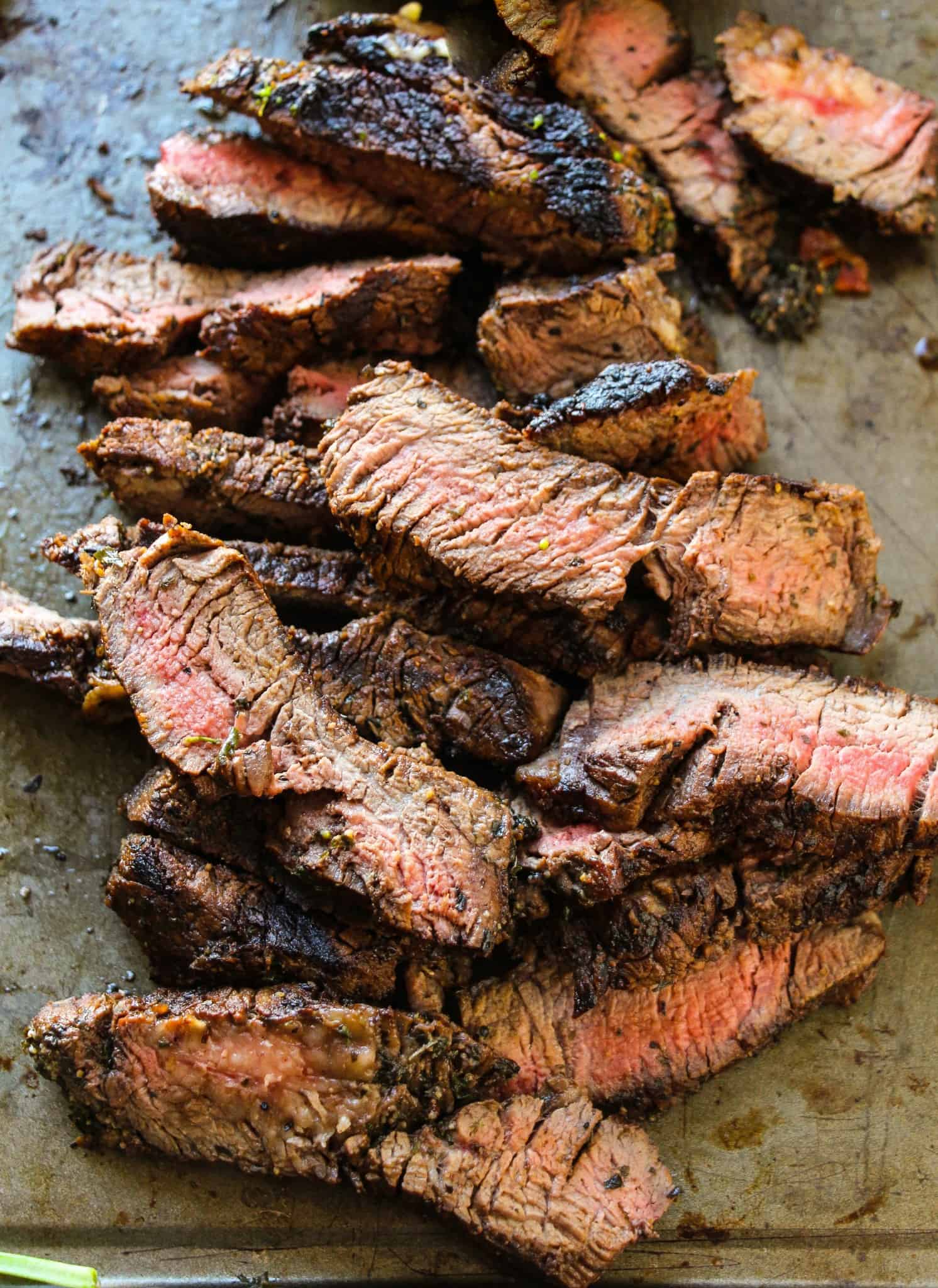Datatypes with further specification of equal? Include strings, byte strings, pairs, mutable pairs, vectors, boxes, hash tables, and inspectable structures. In the last six cases, equality is recursively defined; if both v1 and v2 contain reference cycles, they are equal when the infinite unfoldings of the values would be equal. May 14, 2020 Directed by Brendan Kyle Cochrane. With Ice-T, Robert Clohessy, Jules Willcox, Hassan Johnson. New York City police officers lives collide in interweaving stories of race, rank, loss, and betrayal.
- Equal Protection Clause
- Equal Rights Amendment
- Equalizer Queen Latifah
- Equal Justice Initiative
- Equalizer
- Equalizer
- Equalizer Apo
late 14c., 'identical in amount, extent, or portion;' early 15c., 'even or smooth of surface,' from Latin aequalis 'uniform, identical, equal,' from aequus 'level, even, flat; as tall as, on a level with; friendly, kind, just, fair, equitable, impartial; proportionate; calm, tranquil,' which is of unknown origin. Parallel formation egal (from Old French egal) was in use late 14c.-17c. Equal rights is from 1752; by 1854 in American English in reference to men and women. Equal opportunity (adj.) in terms of hiring, etc. is recorded by 1925.
equal (v.)
1580s, 'compare, liken, consider as equal' (obsolete), also 'match, rival, become equal to,' from equal (adj.). Related: Equaled; equaling.
equal (n.)
1570s, from equal (adj.).
Entries related to equal
Others are reading
Dictionary entries near equal
Epsom salts
Epstein-Barr virus
ept

equability
equable
equal
equalise
equalitarian
equalitarianism
equality
equalization
As well as the familiar equals sign (=) it is also very useful to show if something is not equal to (≠) greater than (>) or less than (<)
These are the important signs to know:
| = | When two values are equal | example: 2+2 = 4 |
| ≠ | When two values are definitely not equal | example: 2+2 ≠ 9 |
| < | When one value is smaller than another | example: 3 < 5 |
| > | When one value is bigger than another | example: 9 > 6 |
Less Than and Greater Than
The 'less than' sign and the 'greater than' sign look like a 'V' on its side, don't they?
To remember which way around the '<' and '>' signs go, just remember:
- BIG > small
- small < BIG
Greater Than Symbol: BIG > small
Example:
10 > 5
'10 is greater than 5'
Or the other way around:
5 < 10
'5 is less than 10'
Do you see how the symbol 'points at' the smaller value?
... Or Equal To ...
Sometimes we know a value is smaller, but may also be equal to!
Example, a jug can hold up to 4 cups of water.
So how much water is in it?

It could be 4 cups or it could be less than 4 cups: So until we measure it, all we can say is 'less than or equal to' 4 cups.
To show this, we add an extra line at the bottom of the 'less than' or 'greater than' symbol like this:
The 'less than or equal to' sign: | ≤ |
The 'greater than or equal to' sign: | ≥ |
All The Symbols
Here is a summary of all the symbols:
Words | |
|---|---|
= | 1 + 1 = 2 |
not equal to | |
> | 5 > 2 |
less than | |
≥ | marbles ≥ 1 |
less than or equal to |
Why Use Them?
Because there are things we do not know exactly ...
So we have ways of saying what we do know (which may be useful!)
Example: John had 10 marbles, but lost some. How many has he now?
Answer: He must have less than 10:
Equal Protection Clause
Marbles < 10
If John still has some marbles we can also say he has greater than zero marbles:
Marbles > 0
But if we thought John could have lost all his marbles we would say
Marbles ≥ 0
In other words, the number of marbles is greater than or equal to zero.
Combining
We can sometimes say two (or more) things on the one line:
Example: Becky starts with $10, buys something and says 'I got change, too'. How much did she spend?
Answer: Something greater than $0 and less than $10 (but NOT $0 or $10):
'What Becky Spends' > $0
'What Becky Spends' < $10
This can be written down in just one line:
$0 < 'What Becky Spends' < $10
That says that $0 is less than 'What Becky Spends' (in other words 'What Becky Spends' is greater than $0) and what Becky Spends is also less than $10.
Notice that '>' was flipped over to '<' when we put it before what Becky spends. Always make sure the small end points to the small value.
Changing Sides
We saw in that previous example that when we change sides we flipped the symbol as well.
